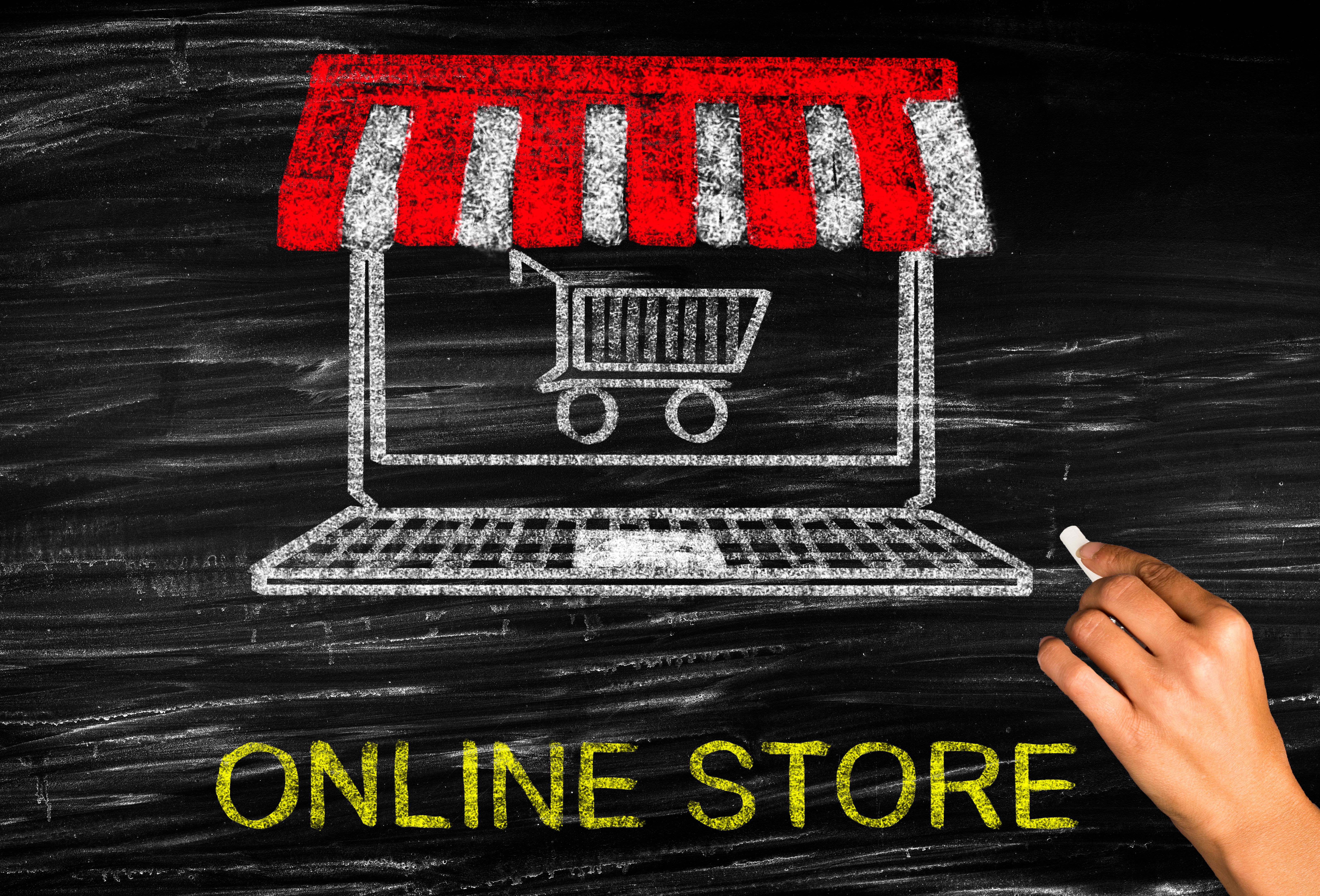Step-by-Step Guide to Setting Up Your Shopify Store
Getting Started with Shopify
Setting up an online store can seem daunting, but Shopify makes it straightforward and accessible for entrepreneurs at all levels. Whether you're launching your first business or expanding an existing one, Shopify provides the tools you need to succeed. This step-by-step guide will walk you through the process of setting up your Shopify store.

Creating Your Shopify Account
The first step in setting up your Shopify store is to create an account. Visit the Shopify website and click on the "Start free trial" button. You'll need to enter some basic information like your email address, password, and store name. Choose a name that reflects your brand and is easy for customers to remember.
After you've signed up, Shopify will guide you through a few questions about your business, such as whether you already have products or if you're just starting out. Answering these questions helps Shopify tailor recommendations and settings to suit your needs.
Choosing Your Store Theme
Your store's appearance is crucial for attracting and retaining customers. Shopify offers a variety of themes that you can customize to fit your brand's aesthetic. Navigate to the "Online Store" section in your dashboard and select "Themes." Browse through the free and paid options available and choose a theme that aligns with your brand image.

Once you've selected a theme, you can customize it by clicking "Customize" next to the theme name. This allows you to change colors, fonts, and the layout of your store pages to ensure consistency with your brand identity.
Adding Products to Your Store
Now that your store looks great, it's time to add products. Click on "Products" in the left-hand menu, then select "Add product." Here, you'll need to provide details about each item, including the title, description, price, and images. Make sure your product descriptions are detailed and engaging to entice potential buyers.
High-quality images are essential for showcasing your products effectively. Consider using multiple images to show different angles or features. Upload images that highlight the best aspects of your products.

Setting Up Payment and Shipping Options
Next, you'll want to configure how customers will pay for their purchases and how you'll ship products to them. Go to "Settings" and then "Payments" to choose from a variety of payment gateways like Shopify Payments, PayPal, and more. Select the one that suits your business needs best.
For shipping, navigate to "Settings" then "Shipping and delivery." Here, you can set shipping rates based on weight, price, or location. Consider offering free shipping as an incentive for larger orders, which can encourage increased sales.
Launching Your Store
With everything in place, you're ready to launch your store. Before going live, double-check all your settings and content for accuracy. Ensure that your checkout process is smooth and functional by running test orders.

When you're confident everything is set up correctly, remove the password protection under the "Preferences" tab and start promoting your store. Leverage social media, email marketing, and paid advertising to attract customers and drive sales.
Congratulations! You've successfully set up your Shopify store. Remember, building a successful online business is an ongoing process. Continuously monitor performance, engage with customers, and stay updated with Shopify's latest features to keep growing your store.